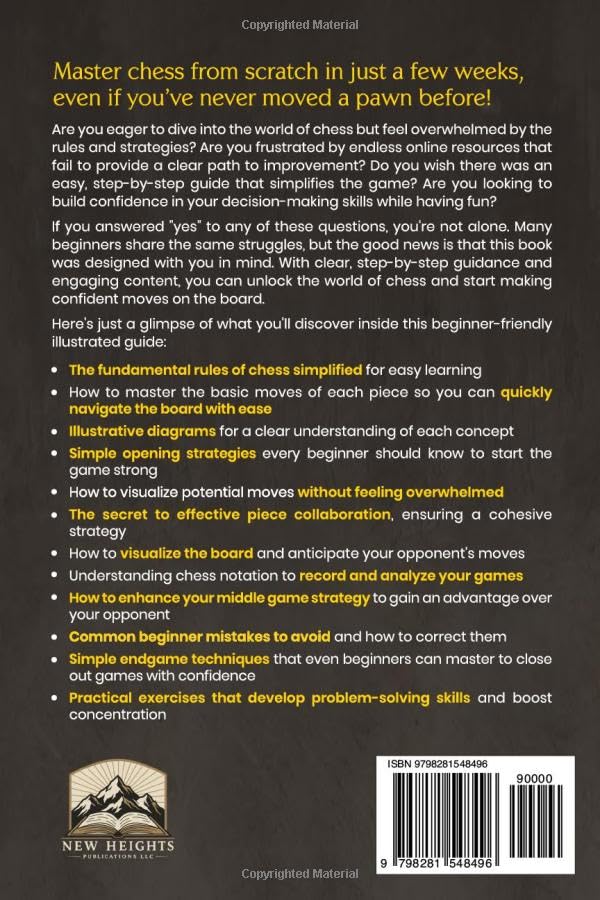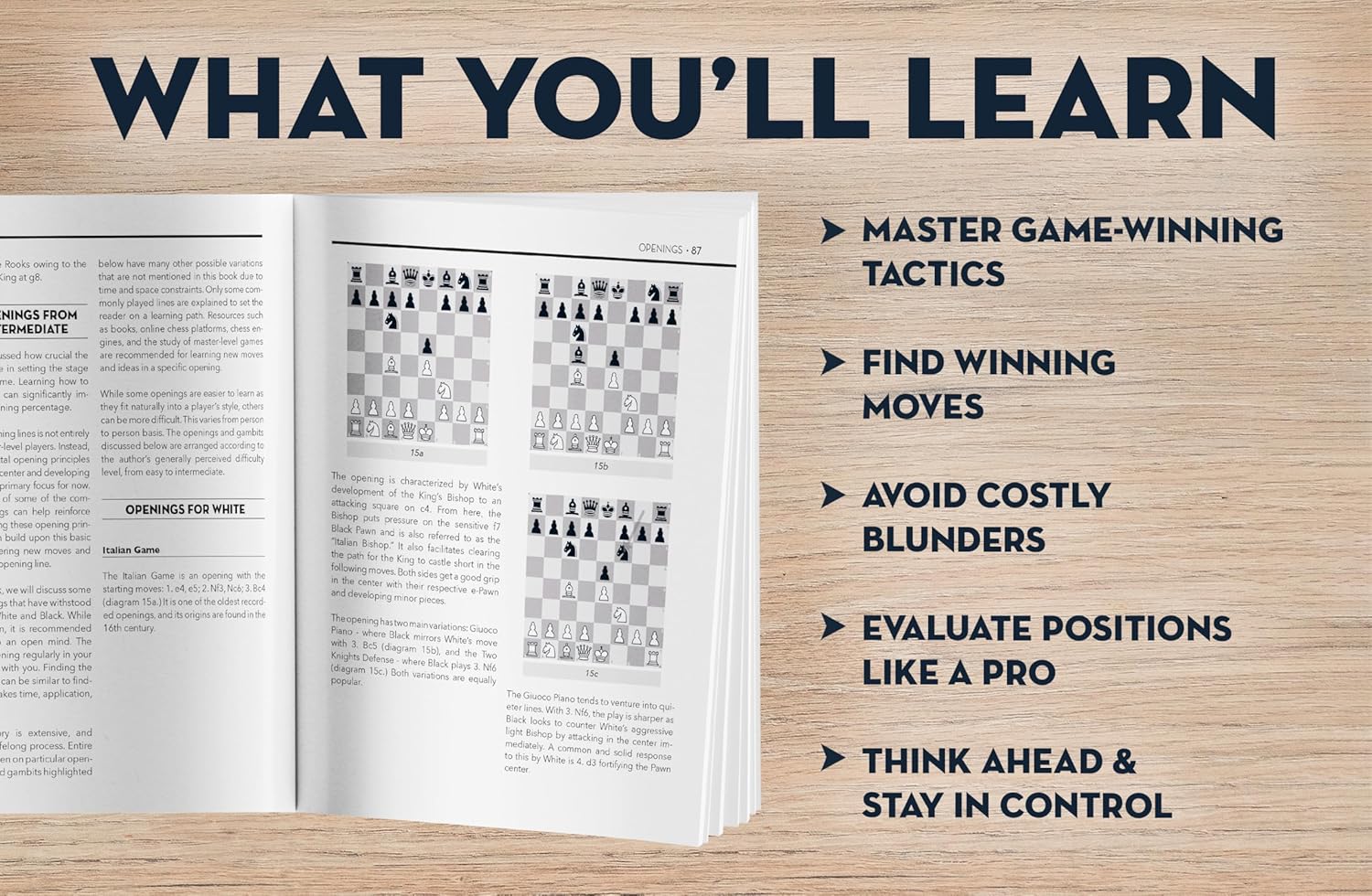Tactics Training: Building Pattern Recognition
ChessReviewPro Team
August 3, 2025
18 min read

The Cognitive Architecture of Chess Tactics
Tactical proficiency stems from neural pattern recognition systems that grandmasters develop through deliberate training. Research shows masters recognize tactical configurations 400% faster than amateurs by building mental templates for common motifs. This comprehensive guide examines how to systematically develop your brain's tactical processing capabilities through neuroscience-informed training protocols, transforming board perception from piece-by-piece analysis to instant configuration recognition.
Neural Pattern Recognition Mechanics
Chess tactics leverage the brain's fusiform gyrus - the same region enabling face recognition. Elite players develop 'chunking' abilities where complex positions activate stored tactical schemas. Training progression follows three phases: Isolated motif identification → Pattern cluster recognition → Positional trigger anticipation. Implement dual-coding techniques: Visual (board visualization) + Verbal (motif naming) encoding strengthens neural pathways. Practical benchmark: Aim for sub-3-second motif identification in practice positions.
Tactical Motif Mastery System
Fundamental Motif Frameworks
Pins & Skewers: Master relative value calculations and deflection techniques. Train with 'progressive unpinning' exercises where multiple pins exist simultaneously.
Forks & Double Attacks: Develop knight-outpost radar and queen-mobility mapping. Practice 'fork potential' assessment before each move.
Discovered Attacks: Calculate discovered check cascades and interference patterns. Use 'line-clearing' visualization drills.
Removing the Guard: Identify overloaded pieces through defender-attacker ratio analysis. Study deflection sacrifices in Alekhine's games.
Advanced Pattern Clusters
Combine motifs into lethal sequences: Windmill combinations (repetitive discoveries), Zugzwang tactics, and clearance sacrifices. Analyze Tal's games for multi-motive combinations. Pattern cluster recognition benchmark: Identify 3+ linked motifs within 5 seconds.
Calculation Depth Training Protocol
Develop multi-ply calculation through the CASCADE method: Candidate moves → Analysis of responses → Sequences mapping → Defensive resources → Evaluation endpoints. Implement these training modalities:
Blindfold Sprints: Solve tactics without board visualization
Backward Calculation: Start from checkmate position and reverse-engineer
Error Simulation: Intentionally find second-best moves first
Progressive difficulty: Begin with 2-move combinations, advance to 5-move sequences with defensive resources.
Perceptual Training Framework
Enhance board vision through specialized exercises:
Peripheral Awareness Drills: Identify unprotected pieces within 1 second
Tactical Trigger Mapping: Flag positions with exposed kings, undefended pieces, or aligned pieces
Pattern Frequency Analysis: Study your games to identify recurring missed tactics
Positional Sacrifice Recognition: Train with compensation evaluation metrics (initiative, king safety, material quality)
Structured Training Methodology
Implement the 4-Phase Tactical Cycle:
1. Acquisition: Study thematic motif collections (15 minutes/day)
2. Application: Solve progressive-difficulty problems (25 minutes)
3. Integration: Analyze master games for tactical triggers (15 minutes)
4. Testing: Timed tactical examinations (5 minutes)
Periodize training: Focus 4 weeks on fundamental motifs, then 4 weeks on advanced clusters. Track accuracy and speed metrics weekly.
Technology-Enhanced Training
Optimize digital tools with these protocols:
Spaced Repetition Systems: Use Anki decks for pattern retention
Customized Tactics Generators: Create sets targeting recurring weaknesses
Eye-Tracking Analysis: Review visual scan patterns during solving
Difficulty Algorithms: Train at 70% success threshold for maximum growth
Avoid solution dependency: Attempt problems for minimum 90 seconds before verifying answers.
Competitive Tactics Integration
Transition training gains to real games:
Pre-Move Checklist: Verify checks, captures, threats before moving
Tactical Timeouts: Reserve 30% clock time for critical positions
Error Journaling: Document missed tactics with classification codes
Simulation Training: Recreate missed tactics from games with alternative defenses
Quantitative tracking: Measure tactics spotted per game and conversion rate.
Grandmaster Case Studies: Tactical Genius Decoded
Analyze Tal's sacrifice intuition through probability-based sacrifice evaluation. Study Morphy's development-based tactical explosions. Examine Kasparov's attack-signature recognition system. Notice common traits: Rapid trigger identification, calculated risk tolerance, and pattern anticipation rather than reaction.
Overcoming Plateaus: Advanced Diagnostics
Combat stagnation with:
Pattern Blindness Tests: Identify recurring missed motif types
Complexity Calibration: Adjust problem difficulty using Elo-based ratings
Time Pressure Simulation: Solve with incrementally reduced time
Cross-Training: Study chess variants (Crazyhouse) for pattern flexibility
Plateau breakthrough protocol: Two-week dedicated focus on weakest motif category with doubled training volume.
Conclusion: Building Your Tactical Processor
Elite tactical vision emerges from structured neural pathway development. Implement this framework: Begin with fundamental motif mastery, then advance to pattern clusters. Allocate minimum 30 minutes daily for deliberate practice. Track progress through accuracy and speed metrics monthly. Remember: Pattern recognition is the grandmaster's secret weapon - forge yours through systematic, scientifically-informed training.
Recommended Chess Books & Products
How to Win at Chess: The Ultimate Guide for Beginners and Beyond

Beginner Chess Made Easy: Illustrated Guide to Rules, Strategies & Confident Play


The First Chess Book You Should Read: From Beginner to Intermediate







Bobby Fischer Teaches Chess

Share this article with fellow chess enthusiasts!